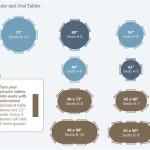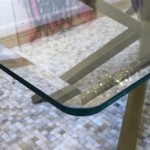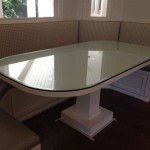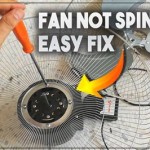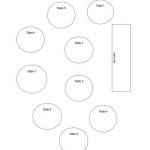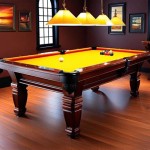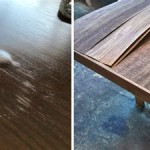Ping Pong Table Legs DIY: Essential Aspects
Building a custom ping pong table can be a rewarding experience, and crafting the legs is a crucial aspect. By considering the following essential elements, you can create a table that is both sturdy and visually appealing.
Materials Selection
The choice of materials for the legs will determine the table's durability and aesthetics. Consider using heavy-duty materials such as wood (hardwoods like oak or maple), metal (steel or aluminum), or a combination of both. Ensure the materials are weather-resistant if the table will be used outdoors.
Leg Design
The design of the legs will influence the table's stability and aesthetics. Straight legs provide a simple and classic look, while flared or angled legs can add visual interest and enhance stability. Consider the height and width of the legs to ensure the table is at a comfortable playing height and has adequate support.
Construction Techniques
Proper construction techniques are vital for the longevity of the legs. Use sturdy joinery methods, such as mortise and tenon joints or pocket screws, to connect the legs to the tabletop. Reinforce the joints with glue and clamps for added strength.
Leveling and Stability
The legs should be leveled to ensure an even playing surface. Adjust the legs' length or use shims to create a flat tabletop. To enhance stability, consider adding bracing or a crossbar between the legs. This will prevent the table from wobbling or collapsing during play.
Aesthetics and Finishing
Consider the overall design of your ping pong table when choosing the finish for the legs. Stain or paint the legs to match the tabletop or create a contrasting look. Sand the legs smoothly and apply a protective finish (such as polyurethane) to enhance their durability and appearance.
Additional Tips
- Use levelers at the bottom of the legs to compensate for uneven floors.
- Consider using casters for easy mobility, especially if the table will be stored or transported occasionally.
- Add non-slip feet to the legs to prevent the table from moving during play.
- Inspect the legs regularly for any signs of damage or wear and repair them as needed.
By following these essential aspects, you can create a ping pong table with sturdy, functional, and stylish legs that will provide years of enjoyable play.

How To Build A Ping Pong Table 9 Steps Instructables

Outdoor Ping Pong Table Kreg Tool

Building A Modern Ping Pong Table It S Also Dining Crafted Work

Outdoor Ping Pong Table Kreg Tool

How To Make A Diy Folding Ping Pong Table Half The Cost Of Bought

Building A Modern Ping Pong Table It S Also Dining Woodworking

How To Build A Ping Pong Table 9 Steps Instructables

How To Build A Ping Pong Table Open Source Cnc Project Complete Guide

Outdoor Ping Pong Table Kreg Tool

Pin Page
Related Posts

